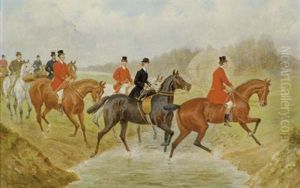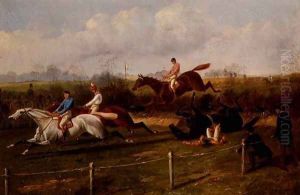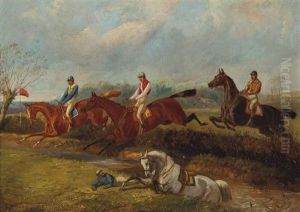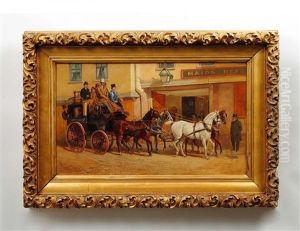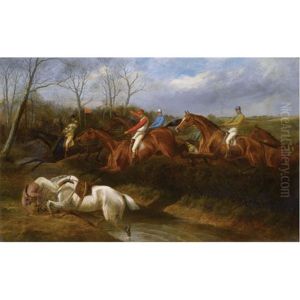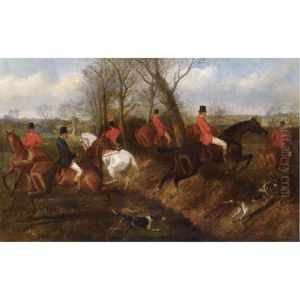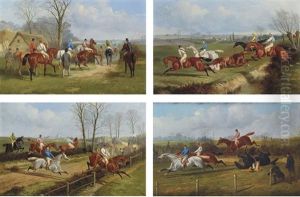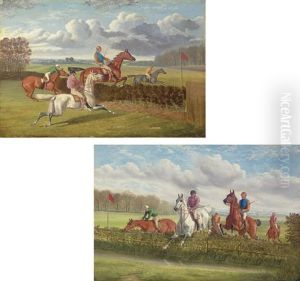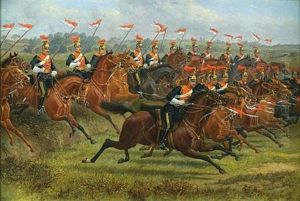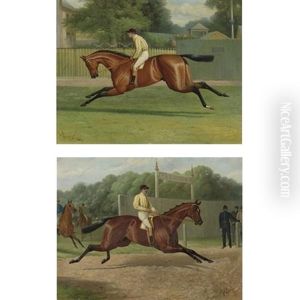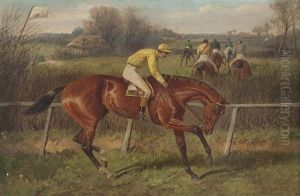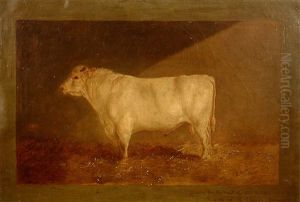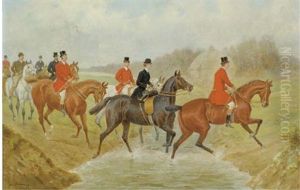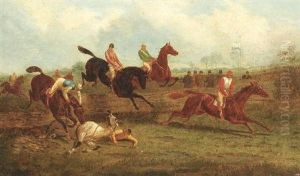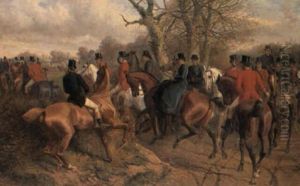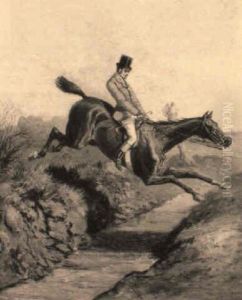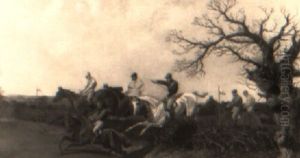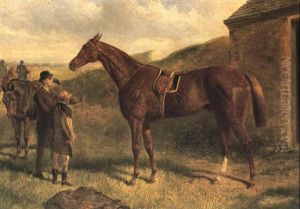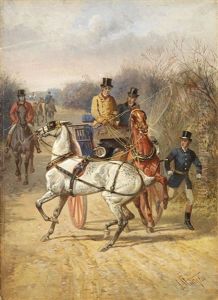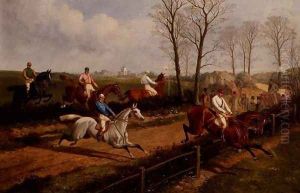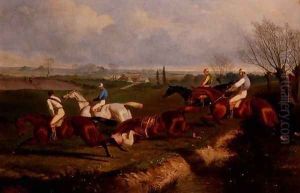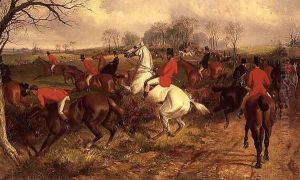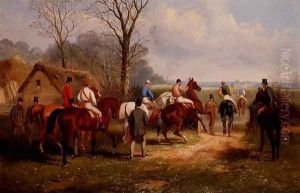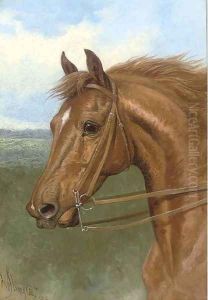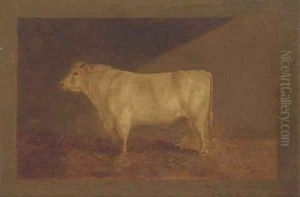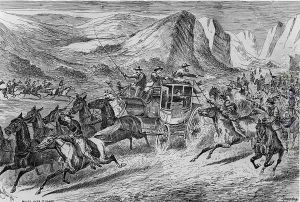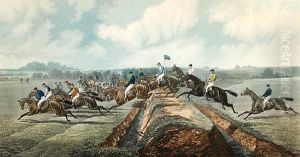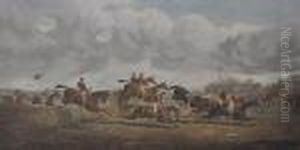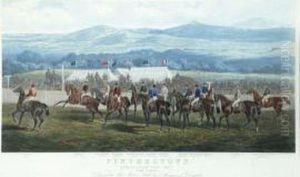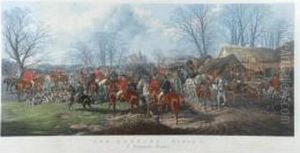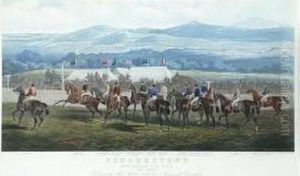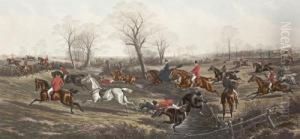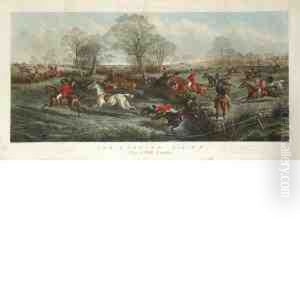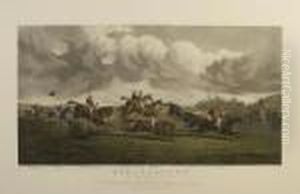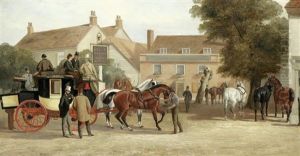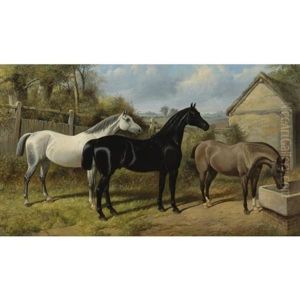John Sturgess Paintings
John Sturgess was a British painter and illustrator known primarily for his depictions of sporting scenes, particularly those involving horses and hunting. Born in 1834, Sturgess emerged during a time when British society held a keen interest in the countryside and its associated sports, a theme that resonated strongly in his works.
Sturgess's early life is somewhat obscure, but it is known that he developed an interest in art at a young age. Unlike many of his contemporaries, Sturgess did not receive formal art education at prestigious institutions. Instead, he honed his skills through practice and likely apprenticeship under established artists. This hands-on approach to learning the craft allowed him to develop a distinctive style that combined technical precision with a palpable sense of movement and excitement, characteristics that made his depictions of sporting events particularly engaging.
Throughout his career, Sturgess's artworks were widely circulated in the form of prints, which contributed to his popularity. His ability to capture the dynamic energy of horse racing, fox hunting, and other sporting events appealed to a broad audience, including members of the British gentry and middle-class enthusiasts of country sports. Sturgess's work was also featured in various magazines and publications of the time, further establishing his reputation as a leading sporting artist.
Despite his focus on sporting scenes, Sturgess's portfolio was diverse. He also created landscapes and portraits, though these are less well-known today. His landscapes, in particular, showcase his versatility as an artist and his deep appreciation for the British countryside.
John Sturgess passed away in 1903, leaving behind a legacy that has continued to captivate art and sports enthusiasts alike. Today, his work is regarded as an important part of the British sporting art tradition, offering insight into the cultural and social dynamics of Victorian and Edwardian Britain. Sturgess's ability to infuse his paintings with life and movement, his attention to detail, and his portrayal of the British social scene of his time make his work a valuable subject of study for those interested in art history and the history of sports.
